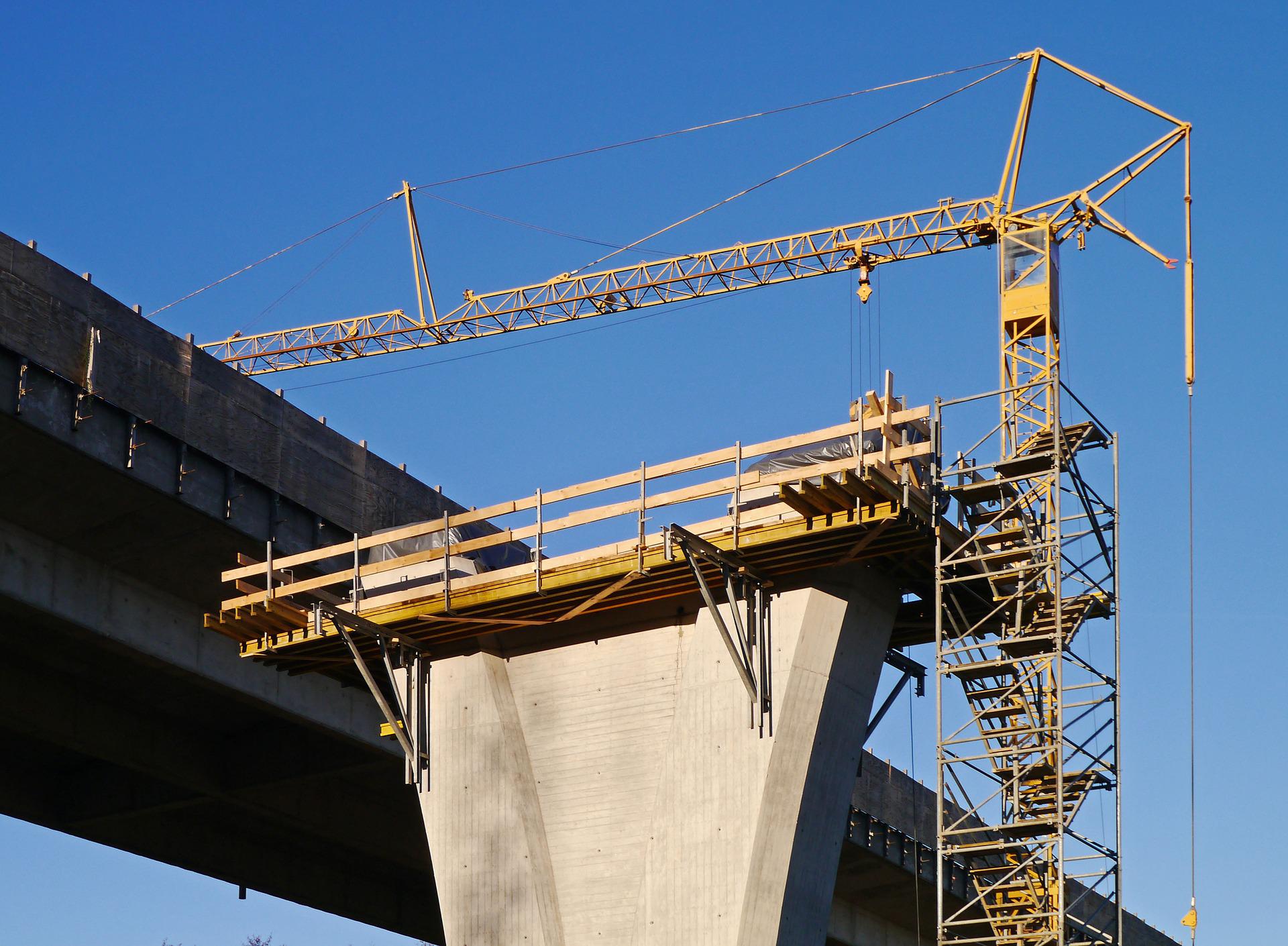Throughout time bridges have become an essential form of infrastructure. They are crucial in shaping our future by linking workers to jobs, good to markets, and connecting people together. They are vital transportation links that allow us to travel safely and efficiently all over the world.
Types of Bridges
Before delving into the engineering aspects, it’s important to know that there are several types of bridges, each with its own unique design and purpose. The most common types are:
- Beam Bridge — The simplest and most common bridge type, consisting of horizontal beams supported by an abutment or pier at each end. Most overpasses here in the U.S. are beam bridges.
- Arch Bridge — Bridge that relies on the curve of the arch to distribute the weight of the bridge and its loads partially into a horizontal thrust restrained by the abutments at either side. They are often seen in historic architecture such as the Sydney Harbour Bridge in Sydney, Australia.
- Suspension Bridge — The suspension bridge’s deck is supported by main tension cables anchored to tall towers. The most famous example of a suspension bridge here in the U.S. is the Golden Gate Bridge in San Francisco, California.
- Cable-Stayed Bridge — This bridge is very similar to a suspension bridge, but the cables hang directly from the towers. A popular example is the Stone Cutters Bridge in Hong Kong.
- Truss Bridge — Bridge that is made up of a framework of connected elements that usually form triangular units to add strength. Many of the old railroad bridges were designed to be truss bridges.
How Is the Bridge Style Chosen?
When choosing a bridge style, the engineer focuses on:
- Meeting appropriate codes
- Minimizing cost
- Total span length
- Under clearance
- Span between piers (if piers are even needed)
- Loading conditions
- Geological site conditions at supports
For example, a small country bridge spanning a small river or creek would warrant a beam or truss bridge due to the short span, minimal clearance height, and low loading conditions. On the other hand, a downtown city bridge crossing 10 lanes of highway or a lake may warrant a cable-stayed or suspension bridge due to the large span and heavy loading conditions. If you are crossing a canyon or major river you might have a large span, heavy loading conditions, and large under clearance which could result in an arch bridge being needed. Ultimately, the engineer’s primary goal is to provide a safe and long-lasting structure.
Site Evaluation and Planning
Before a bridge is ever engineered, a thorough evaluation of the proposed site is conducted. Site evaluation and planning involves a collaborative effort among various professionals and experts. A few of the key players in the process include:
- Surveyors: Develop a detailed mapping of the existing topography which provides measurements and data needed for the bridge design and construction.
- Geotechnical Engineers: Conduct soil tests and analyze subsurface conditions to help determine the needed foundation design for the supports.
- Transportation Engineers: Responsible for assessing traffic patterns and volumes to determine the necessary capacity requirements and help design the roadways. They will provide the roadway elevations along with horizontal and vertical curve information which is needed to build the roadway approaches for the bridge.
- Hydrologists: Needed when the bridge crosses a waterway such as a lake, river, or stream. They analyze water flow, currents, and flood conditions to help with foundation design at the supports and protect against erosion.
- Environmental Engineers: Ensures that the environmental impacts of the construction process are negated and repaired so that as little of the surrounding environment is disturbed as little as possible.
When a bridge is being designed the community and local authorities are also heavily involved in providing feedback and making sure the design meets local legal requirements. In the design of smaller private bridges, not all of these steps may be necessary.
Structural Analysis and Design
Once the site location has been selected and evaluated, a structural engineer begins the design phase of the bridge. The structural engineer will use the data gathered from the site evaluation to assist in making design decisions. They will run a load analysis to calculate the expected maximum load the bridge will need to support. Loads that are considered during this analysis include pedestrians, vehicles, and wind. The structural engineer will need to use the design factors to help select the ideal material needed to minimize cost while maximizing strength and durability. The most popular materials used when designing a bridge are concrete and steel, but in some cases composite or wood materials are used. Here at Areté we use Fiber Reinforced Polymer to design small bridges for trails and other private needs. The engineer will then take the identified maximum load and selected material and run calculations using either mathematical equations or a computer simulation to determine the optimal shape and dimensions of the bridge. Lastly, the engineer will consider the design of safety features such as guardrails, lighting, and emergency exits. This is an iterative process that requires the engineer to pay close attention to details during the design to ensure it accomplishes the primary functions.
Looking For Expert Bridge Engineers?
Areté Engineers is a structural engineering firm located in the Blue Ridge Mountains of North Carolina and we are experts in bridge engineering. We inspect and make recommendations to state, local, and federal entities about bridges of every size and type. We provide bridge engineering services for DOT, municipal, and private clients. If you’re interested in learning more about Areté Engineers and what we do, you can visit our website or contact us.


